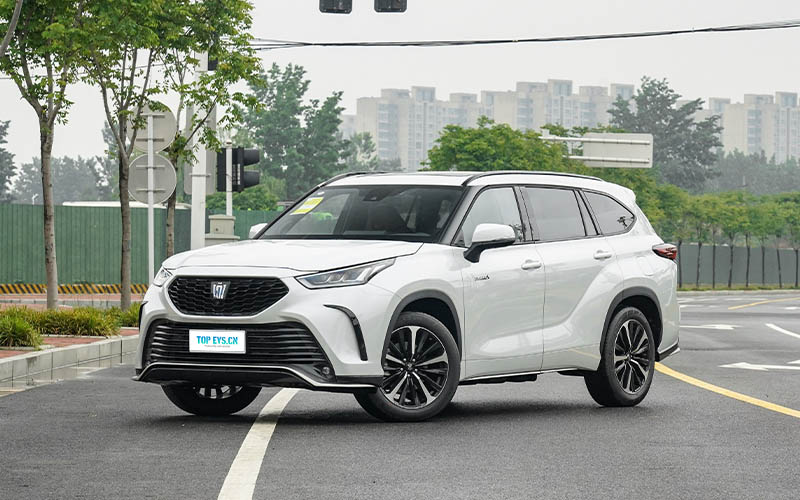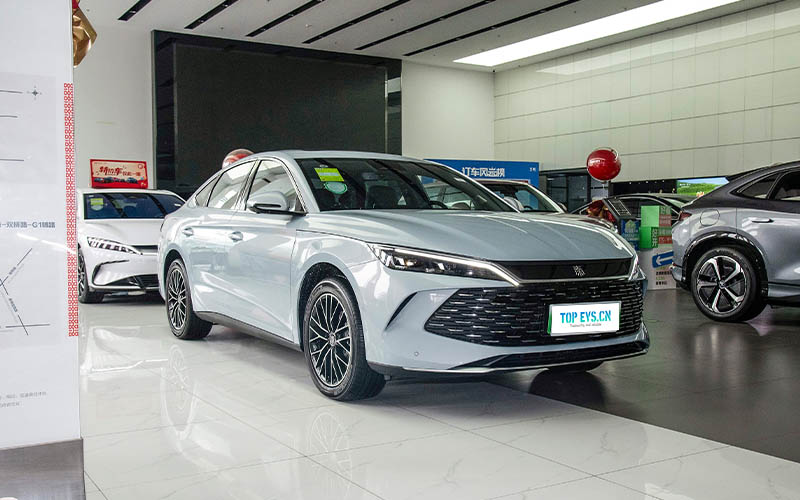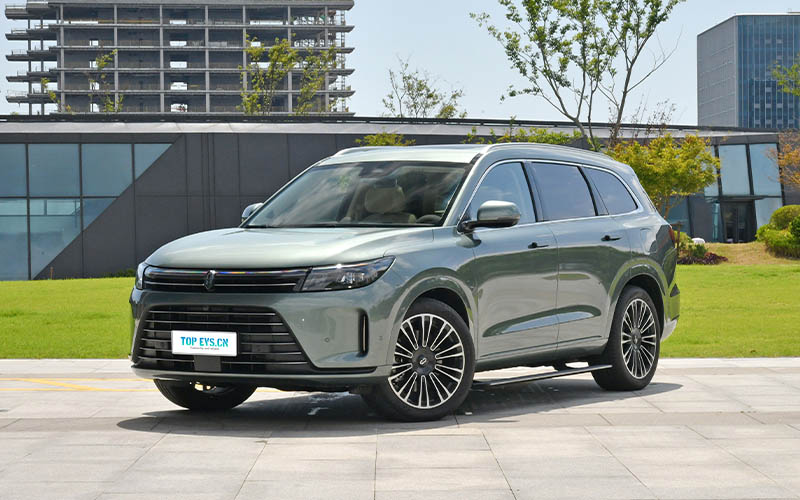What Are the Different Types of Hybrids?
With the development of the times, both domestic and foreign countries attach more and more importance to energy conservation and emission reduction. Many countries are preparing to completely ban the sale of fuel vehicles around 2030, which has also greatly promoted the development of new energy vehicles. Under the general trend, many car companies are working hard to carry out technological innovation and research and development of new energy models. Against this background, a large number of new forces in China have also emerged in China, and various technologies have been derived in this process, from oil-electric hybrid to plug-in hybrid and extended-range type, all to meet the transition needs from fuel vehicles to pure electric vehicles.
Oil-electric hybrid
First of all, let's talk about oil-electric hybrid models, which are also a very common type of model on the market. Honda and Toyota, two Japanese brands, are basically the domestic leaders of this type of model, because most of their models are equipped with oil-electric hybrid systems, and their accumulation in China over the years has also made many people think of economy and fuel saving when they mention Japanese cars, which is also a major feature of hybrids. Of course, with the development of technology, many independent brands are also developing their own hybrid technology, such as
Geely,
GWM, etc.
In terms of working principle, as the name implies, oil-electric hybrid uses oil and electricity, and the two kinds of power are mixed. In simple terms, the actual operating principle is to use electric drive when starting at low speed and use the engine at high speed, and to achieve the purpose of fuel saving by combining the advantages of the two kinds of power. If it is put into a real application scenario, it is a traffic jam in the city. The start and stop are all powered by electricity, and oil is used as soon as it is on the highway, avoiding ineffective fuel loss.
So in terms of advantages and disadvantages, due to the special power of this model, the battery of the vehicle is very small, and it is completely charged by the engine and has no charging interface, so the vehicle is essentially still a fuel-drinking vehicle and does not belong to a new energy vehicle. However, relying on oil-electric hybrid technology, the advantages are complementary, the power output and fuel economy of the vehicle are improved, which will be more fuel-efficient and environmentally friendly than fuel vehicles, and the vehicle's value retention rate is relatively high.
Plug-in hybrid
The second type, plug-in hybrid, referred to as PHEV, is the most mainstream model in the current new energy vehicle market. In this field, domestic brands, such as
BYD, Geely, and GWM Automobile, occupy most of the plug-in hybrid market, and
BYD is the leader in this category.
In terms of working principle, it is actually similar to the oil-electric hybrid, and the power source is also fuel and electricity. However, the difference is that the battery capacity of the plug-in hybrid is larger, it can be directly charged, and it can support longer driving distance than the oil-electric hybrid in the pure electric state, so it can be used as a pure electric car when it is short-distance in the city. On this basis, it has the power composition of traditional fuel vehicles, and can be refueled for long-distance travel. So it can be said that it combines the advantages of pure electric vehicles (EV) and hybrid electric vehicles (HEV), which can not only achieve pure electric and zero-emission driving, but also increase the vehicle's driving range through the fuel hybrid mode.
So in terms of advantages and disadvantages, because of the focus on electric drive, it is very different from the oil-electric hybrid model. At present, plug-in hybrid models belong to a type of new energy vehicle, which means they can be green-licensed, have policy subsidies, and have long battery life and economic effects. In terms of power, they are basically superior to fuel vehicles of the same level, and can also take into account the technological configuration of electric vehicles. However, because they are not pure electric vehicles, the pure electric battery life is insufficient and needs to be charged frequently.
Extended-range power
The last type is the extended-range power system. Compared with the above two systems, this system is more special and is not very common on the market. If the first two models are essentially hybrid drives, the difference is which aspect of energy accounts for a larger proportion, the extended-range power system generates electricity by burning oil and then drives the vehicle. At present, the more well-known models equipped with this system are LIXIANG ONE,
LIXIANG L9, and Huawei's
AITO M7.
In terms of working principle, the extended-range power system is mainly composed of batteries, range extenders (gasoline generators) and motors. When the vehicle battery is fully charged, the battery will drive the motor to provide power. When the battery is consumed to a certain extent, the range extender starts and charges the battery by burning oil until the battery is fully charged, and repeats this process. To put it simply, it is like carrying a power bank with you for a
pure electric car.
So in terms of advantages and disadvantages, the extended-range model has a self-charging mode, so you don’t have to worry about the battery running out of power, and because you can refuel, there is no mileage anxiety. On this basis, it can also enjoy policy subsidies and green license plates like plug-in hybrids. However, because the energy conversion process is cumbersome, it will consume more fuel when driving at high speeds, which is also a major disadvantage.
In short, as the world calls for energy conservation and emission reduction to ban the sale of oil vehicles, automobile manufacturers have developed various energy-saving and emission-reducing automobile technologies in order to adapt to the trend of the times. The above three power systems are developed and researched under this background. I believe everyone also understands their principles and advantages and disadvantages. So if you buy a car, will you still choose a fuel car, or a pure electric car in one step, or these three power models?





.jpg)


.jpg)
.jpg)

.jpg)




